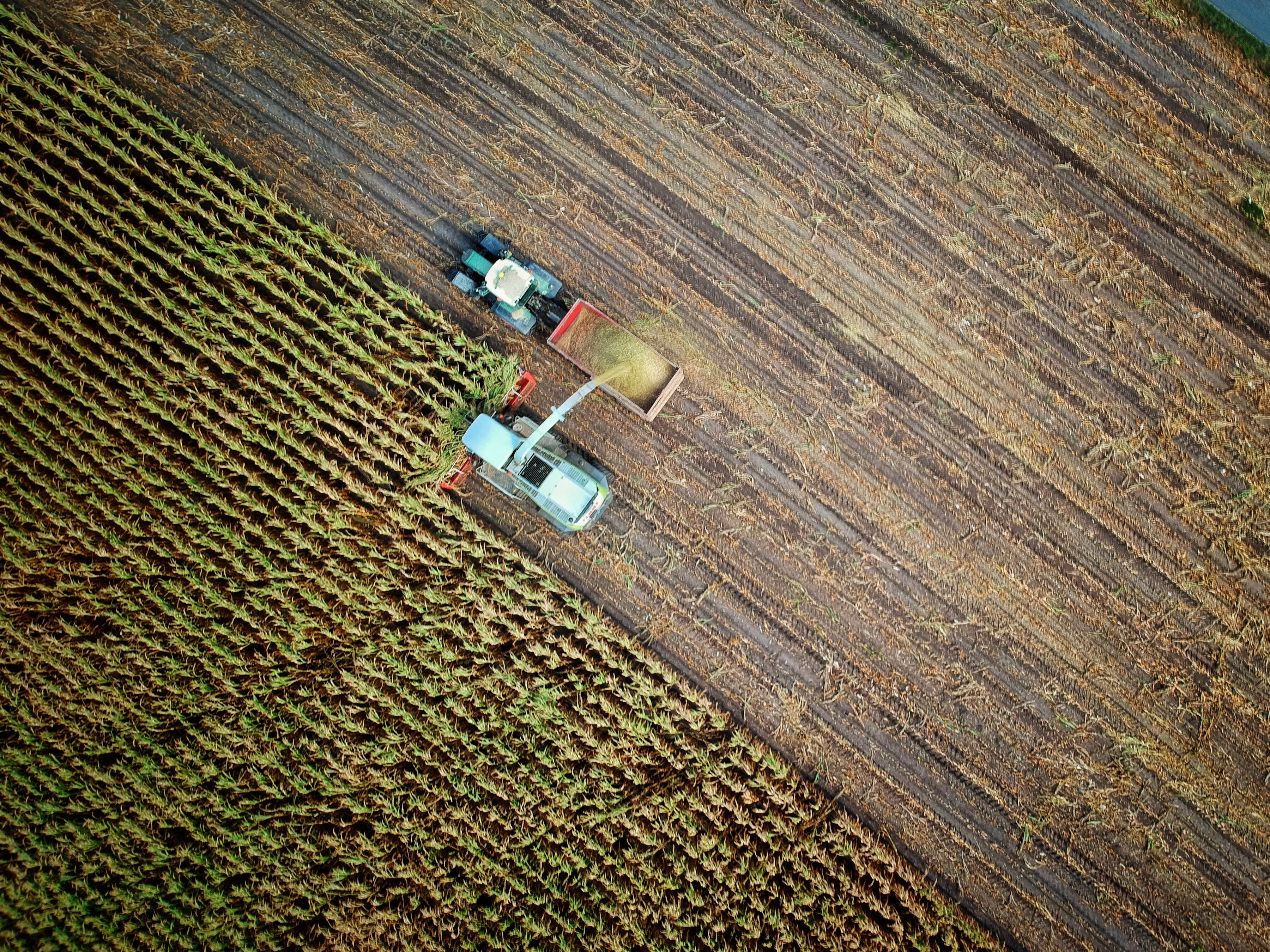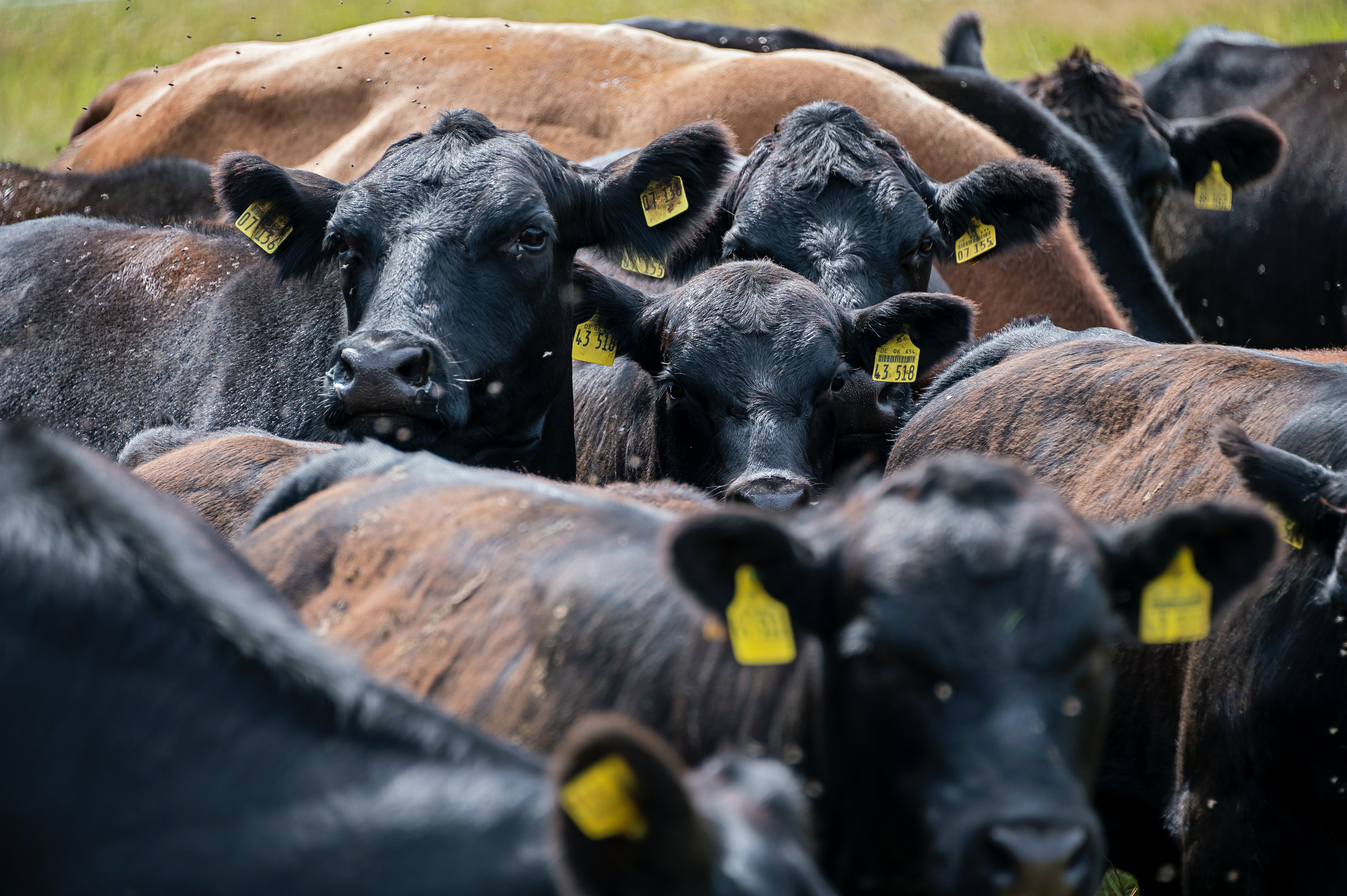Blockchain for Food Distribution is Revolutionizing the Industry
There’s a new buzzword on the scene and businesses from every industry are desperate to get involved. Blockchain has been around since 2008 — the very beginning of the cryptocurrency craze — but its benefits are only just being felt in the wider world.
Blockchain technology is a decentralized system used to maintain transaction records. It acts as an unmodifiable digital ledger that can be shared between two or more parties. It’s a tamper-proof way of keeping records and has recently found a place in the food and beverage industry.
Make sure to read our previous blockchain blog post if you would like to learn more about blockchain and its benefits. In this post, we’re going to look more specifically at how the blockchain can be used for food.
How the blockchain can be used for food: 3 blockchain use cases
To most people, blockchain is fancy tech stuff used for cryptocurrency. So, it can be a little confusing for them when it comes to incorporating it into other areas, especially the food industry! The truth is that blockchain has far more uses than the average person may realize.
Blockchain in food traceability
When it comes to how the blockchain can be used for food, traceability is the biggest and most obvious benefit.
The ability to track food products from farm to the moment it’s sold, traceability is a vital part of any food and beverage business. And depending on where in the world you operate, it can also be a legal requirement.
With blockchain, it is quicker and easier to pinpoint potential sources of contamination to prevent, contain or rectify outbreaks. Using the blockchain for food traceability also helps to build consumer trust by offering a highly accurate record that cannot be manipulated.
As the digital ledger cannot be altered, the chances of fraud are heavily reduced. This makes it easier to prevent and contain potential outbreaks. Thanks to this, the amount of testing a food business needs to perform can be reduced.
There are also financial advantages to using the blockchain for traceability. Manually tracking a single package from farm to store can take days, even with a full team dedicated to the task. A blockchain-powered tracking system can provide the same information in seconds, dramatically cutting costs and resource usage.
Blockchain in food safety
Next up in our list of how the blockchain can be used for food: safety.
As we mentioned, contamination issues through the supply chain can be managed far easier with the blockchain and the chance of fraud is much lower than with traditional tracking methods.
Food fraud is far more common than consumers — and even some CPG professionals — realize. It’s a prevalent problem facilitated by the current overly complex, globalized food supply chain. It’s also an issue that’s growing rapidly thanks to the pandemic and other supply chain issues. As a food and beverage business, it’s up to us to make sure the consumer doesn’t experience the effects food fraud can have.
This is an area of our industry that desperately needs blockchain. With highly accurate, tamper-proof records logging every stage in the supply chain, fraudsters will have little room to operate. This is key to improving food safety, as there will be no more blind spots in the supply chain where contamination can occur without knowledge.
There have been numerous public health scares regarding E. Coli and salmonella in recent years, due in part to these supply chain blind spots. This is a major reason why food giants like Unilever and Nestle are looking to the blockchain to help make their supply chains safer.

Blockchain in agriculture
One of the most surprising examples of how the blockchain can be used for food has to be the ways that farmers could benefit from blockchain innovation. Those involved in crop development can be alerted to any potential issues much quicker than with traditional tracing methods. This allows them to adapt far quicker to any issues that occur, helping them to pivot their operations to avoid losing money.
The blockchain could also stamp out poor farming practices by holding those at the very beginning of the supply chain accountable. Consumers are increasingly looking for food from ethical, sustainable sources, like farms that use regenerative farming practices.
The blockchain makes it far quicker and easier for consumers to identify where their food is coming from and how it’s grown. If they can quickly identify that the food they eat is from a sustainable source, they’re more likely to return with their business and recommend it to their friends.
4 blockchain companies revolutionizing food
It’s no surprise that the blockchain has caught the eye of the biggest players in our industry. With a wide range of crucial benefits to both public health and private businesses’ revenue streams, it’s tough to resist the blockchain revolution.
That being said, it’s a very complicated process that requires skills that smaller CPGs may not have access to. For those unable to develop blockchain integration in-house, there are some great options available.

Greenfence
The California-based tech wizards at Greenfence are the first blockchain company to focus on farm to fork supply chain tracing. Alongside their consumer platform, which is changing the way we handle couples and rebates with the blockchain, Greenfence offers a platform that offices complete transparency throughout the supply chain.
The platform uses ledger technology to clearly and accurately trace food from its origin to the grocery store. The software will identify the people, locations, distributors, equipment, and anything else involved in the process between farm and fork.
Greenfence then uses the ledger to authenticate and certify the entire process, ensuring that the products have an accurate and complete record. Farmers and distributors are kept in the loop throughout this process with regular messaging and customer service agents to help with any questions or concerns.
IBM Food Trust
IBM has been at the forefront of digital innovation for over 100 years, so it comes as no surprise to hear that they’re working on revolutionizing the food industry with blockchain.
IBM Food Trust is a new ecosystem that calls itself “a new era in the world’s food supply”. It aims to improve the efficiency and transparency of food supply chains using blockchain and other exciting technology.
In a test of how effective the blockchain can be in the food industry, IBM partnered with Walmart. Before the switch to blockchain, tracing food sources took roughly a week. With the blockchain, the process was slashed to just 2.2 seconds.
Hungry Coin
Hungry Coin is a reward system built on the blockchain. Restaurants can use Hungry Coin to engage with and reward patrons with digital Hungry Coin Utility Tokens, a type of cryptocurrency specifically used for loyalty schemes and promotions.
The idea is to create a more secure, traceable, and up-to-date version of the traditional punch card. This can be used by restaurants to build a loyal customer base, encourage return visits, and cut down on waste.
Ripe.io
Ripe.io is focused on maximizing transparency throughout the food supply chain. The company’s blockchain ecosystem offers a range of tools that can be used to map the entire food journey. From supply chain tracking to bran quality verification, Ripe.io is a great option for businesses looking to liven up their traceability efforts.
Farmers can also benefit from Ripe.io’s blockchain ecosystem by leveraging IoT devices to automate various farming practices. Meanwhile, distributors can receive real-time food tracking and consumers enjoy verified information about their food’s journey from farm to fork.

How CPGs can start using the blockchain for food
As we have seen throughout this article, the blockchain can have some incredible benefits for your business and the people buying your products. The only thing left to figure out is how to get started.
Option 1: Build your own solution
It’s unlikely that a small CPG brand will have the expertise and resources to create its own blockchain ecosystem. However, if this option is available to you then you should definitely consider it.
Building your own blockchain ecosystem will allow you to have maximum control over your requirements and unparalleled flexibility.
Option 2: Join an existing network
Joining an existing network is the easiest way to get started with the blockchain. The infrastructure is already in place, allowing you to slot right in and get back to work.
One of the biggest benefits of joining an existing network is that — depending on the network you chose — it connects you to other participants across the entire supply chain through a managed, permanent, and shared system. This helps increase transparency, unlock supply chain efficiencies, and enhance your brand’s reputation.
Option 3: Partner with others for new opportunities
The blockchain helps businesses collaborate and cross-promote their products. A partnership built with the blockchain at its core can help you to access new audiences and enter new markets with a strong support network behind your efforts.
It feels like the food industry is facing more issues than ever before, making it tough for CPG brands to break through. Buffalo Market is here to help small businesses to break through and thrive, even during these difficult times. No matter if you’re looking for direct store delivery or ways to boost your sustainability efforts, Buffalo Market is here for you.
How Buffalo Market uses Helium for food distribution
As a food distributor, Buffalo Market is keenly aware of the historical lack of transparency in the industry and how it leads to frustration and disappointment. That’s why one of the primary tenets of Buffalo Market’s business philosophy is to be as transparent as possible, both internally with our team members and externally with our retail and CPG partners.
To that end, our fleet of delivery trucks is outfitted with Helium-enabled sensors. These sensors allow us to collect and openly share data with our customers. If a store receives a delivery of frozen food, they can trust that our delivery driver kept the product at temperature the entire time it was in transit. How? Because they’re able to freely access the data collected from onboard temperature and humidity sensors on the blockchain.
Using Helium sensors and blockchain technology, Buffalo Market helps foster trust between ourselves and our clients and provides better service based on reliability and accountability.
To learn more about the retail practices that work in 2022 and beyond, check out the rest of the Buffalo Market blog or contact us today!




